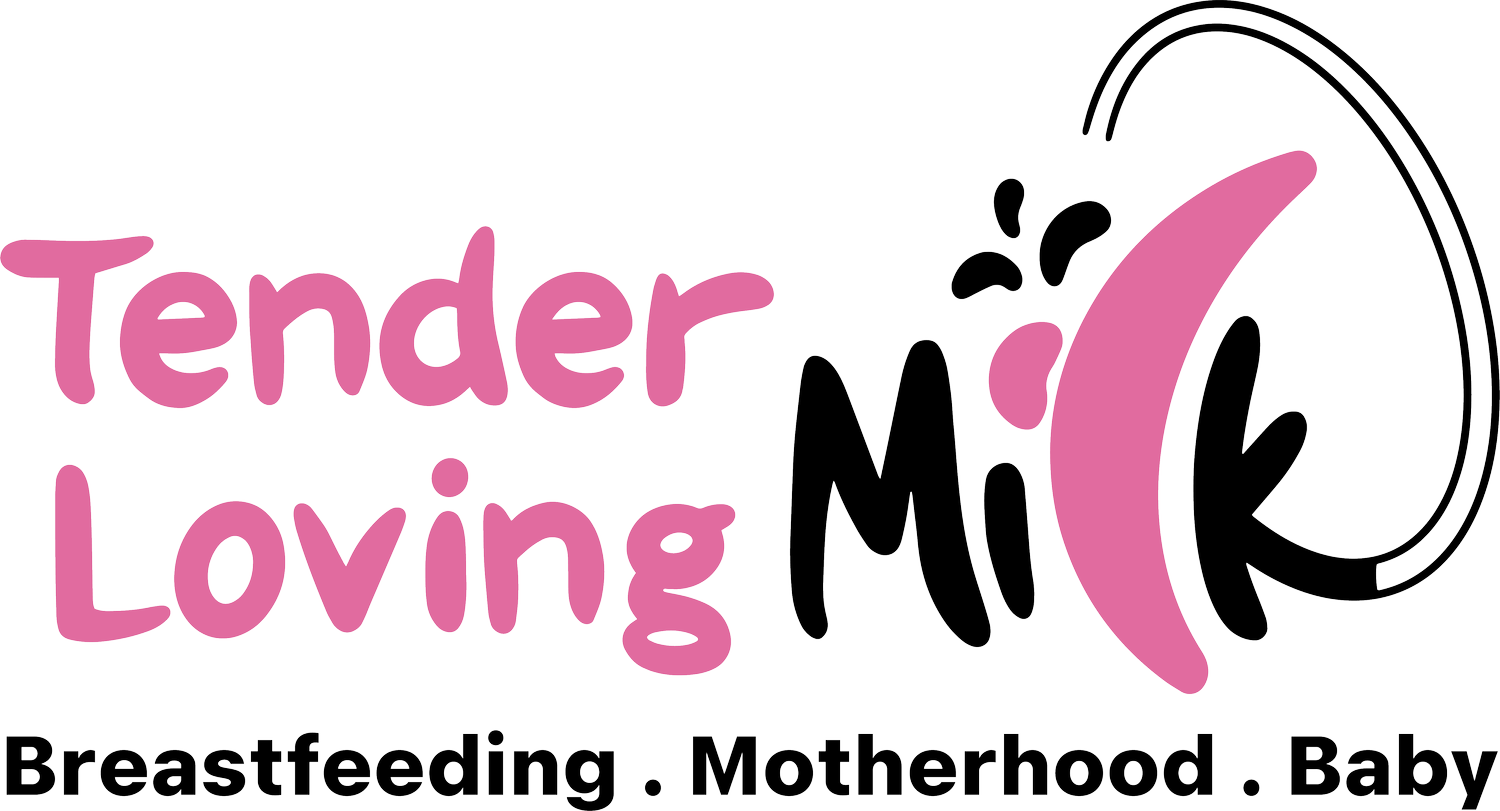Cluster Feeding: What it is, When to Expect It, and How To Survive It
Cluster feeding.
Perhaps you’ve heard whispers about cluster feeding from your mum friends, who’ve warned you about the sleepless nights and long days. Maybe you’ve done a little research yourself, but still don’t feel confident about what to expect.
Look no further. You’re in the right place! With ample preparation and realistic expectations, you will conquer those cluster feed periods just as well as you have conquered everything else in motherhood so far!
What is cluster feeding?
Cluster feeding is exactly what is described as a time when your baby significantly increases the number of feeding sessions within a period of time (usually a few hours). In other words, it is going to feel like your baby is trying to nurse every 5 minutes, for 2 hours!
Rest assured, cluster feeding is a normal behavior for newborns. Many mums do notice that cluster feeding tends to happen more “in the late afternoon or early evening, but it can happen anytime of the day”.
Why do cluster feeding and fussy evenings happen?
There are various reasons why many babies go through this cluster-feeding phase. It can be a challenge to determine the exact reason, but some of these reasons may be possible:
Baby may be “tanking up” before a long sleep.
Milk volume may be lower in the evening “due to the natural cycling of hormones throughout the day”. However, the fat content in the milk can be “typically higher in the evening”. This does not mean that you do not have milk anymore. You still do! Your breasts are never truly empty!
Baby is going through a growth spurt, which makes most babies want to be fed more often.
Baby may be teething or feeling under the weather.
With frequent nursing during cluster feeding, baby is helping you to signal to your breasts to make more milk to prepare for the next developmental leap and growth.
When will my baby begin cluster feeding?
Babies cluster feed when they are going through large developmental jumps. These growth spurts vary from baby to baby, but cluster feeding windows typically occur at 3 weeks old and 6 weeks old.
Remember, cluster feeding is a normal behaviour and it does not mean you are a bad mother or your milk supply dropped tremendously.
As long as your baby is healthy with no medical conditions or in pain.
How do I survive this?!
Cluster feeding can be a challenging time, as some moms describe feeling like they are “touched out” and exhausted. Here are a few things you can do to make this phase a little easier:
Remember, this is a temporary phase! As difficult as it is, find solace in the fact that this will pass.
Rely on a support person for help. Whether you have a partner, friend, parent, or nanny, ask them for help. Maybe you want a few minutes of alone time in between feeds.
Perhaps a quick shower twice a day would help you feel that your body belongs to you. Nursing your little one is miraculous and exhausting work… you deserve a break!
Breastfeed on demand. As tiring as it is, this is the only way that you will be able to maintain the milk supply that you need at this time.
Wear your baby in a baby wrap or carrier to keep your baby close to you.
Take it one day at a time! In the thick of your 3-week-old cluster feed phase, there is no need to worry about the 6-week-old one. You’ve got this!
The newborn days are not for the faint of heart… but they are incredibly fleeting. Try your best to absorb these moments with your little one, before they become a memory.
For more information on cluster feeding and all things motherhood and breastfeeding, subscribe to my website! You will be the first to get access to free content and resources just like this.
References and other information:
